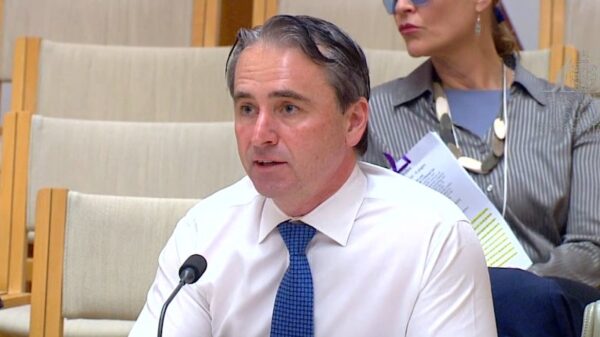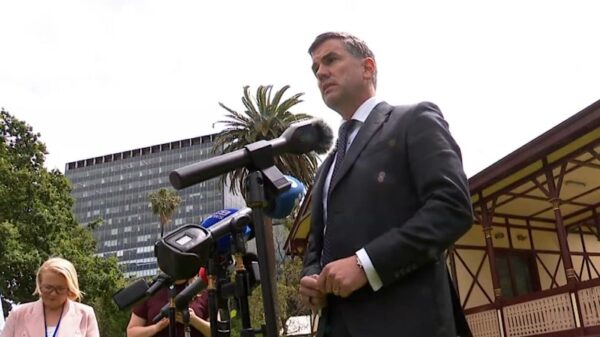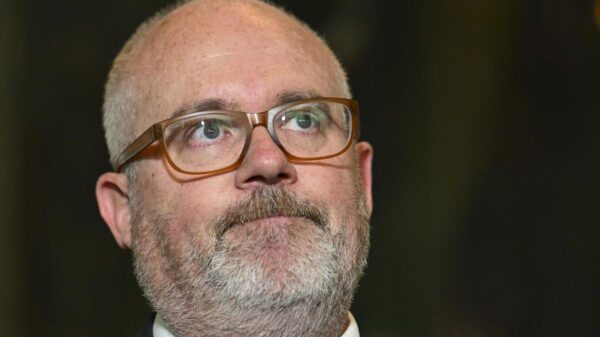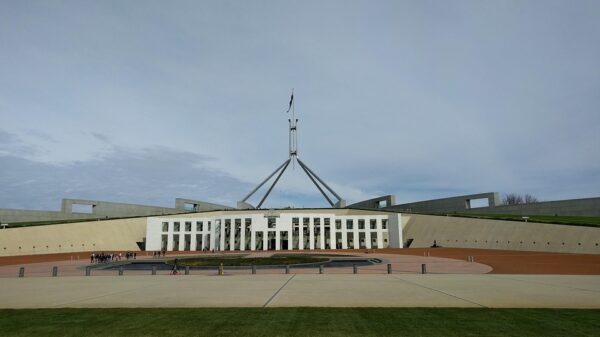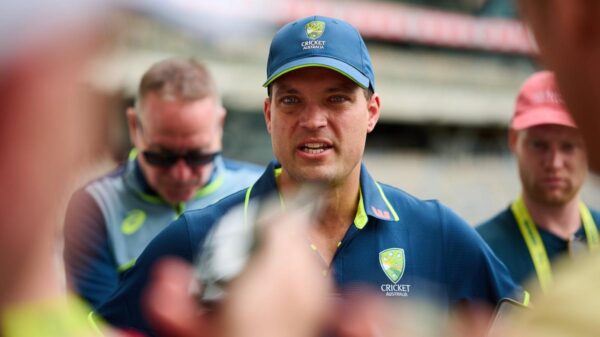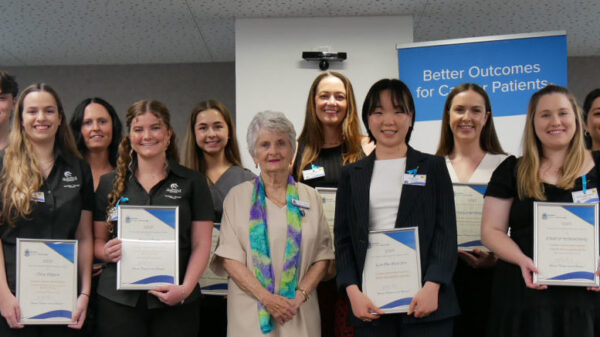Australia’s premier scientific research agency, the Commonwealth Scientific and Industrial Research Organisation (CSIRO), has declared it will eliminate up to 350 science jobs as it grapples with escalating operational costs that outpace its funding. This decision marks a significant challenge for the century-old institution, which has been under financial strain for several years.
The CSIRO’s leadership has indicated that the cuts are necessary for the organisation to ensure its long-term financial sustainability. Chief Executive Doug Hilton explained that the agency must recalibrate its focus to maintain essential research capabilities. He stated, “CSIRO’s reason for being is to deliver the greatest possible impact for the nation through our research.”
In light of these changes, Hilton emphasized the need for a more focused approach to research that leverages the CSIRO’s unique strengths. He noted that these adjustments would help the agency address significant national challenges effectively.
Despite the rationale behind the cuts, the announcement has met with sharp criticism from the CSIRO Staff Association. Section Secretary Susan Tonks condemned the cuts as “devastating” and expressed concern over the government’s role in the situation. She highlighted that over 800 research and science jobs had already been lost in the past 18 months, making the current reductions particularly troubling. Tonks accused the Albanese government of neglecting public science funding, stating, “It was a very sad day for publicly funded science in this country.”
In response, Minister for Industry and Innovation Tim Ayres reaffirmed the government’s commitment to science. He explained that a thorough process is underway to ensure that CSIRO’s efforts align with its research priorities, focusing on critical areas such as minerals and steel production. “This is a government that believes in science. We will continue to invest in science,” he stated during a press briefing in Western Australia.
The Prime Minister also pointed out that job creation had occurred prior to the announced redundancies, aiming to provide a balanced view of the circumstances surrounding the cuts.
The CSIRO plans to reduce its focus on certain research activities that lack the necessary scale for significant impact or where other entities are better positioned to deliver results. Furthermore, the organisation estimates it will require up to $135 million annually over the next decade to update and maintain essential infrastructure, including repairs, research equipment, and cybersecurity measures.
These developments highlight a critical juncture for the CSIRO as it seeks to navigate financial constraints while remaining dedicated to advancing scientific research that benefits all Australians. The agency’s ability to adapt and refocus its priorities will be crucial in ensuring its continued relevance in addressing the pressing challenges facing the nation.





